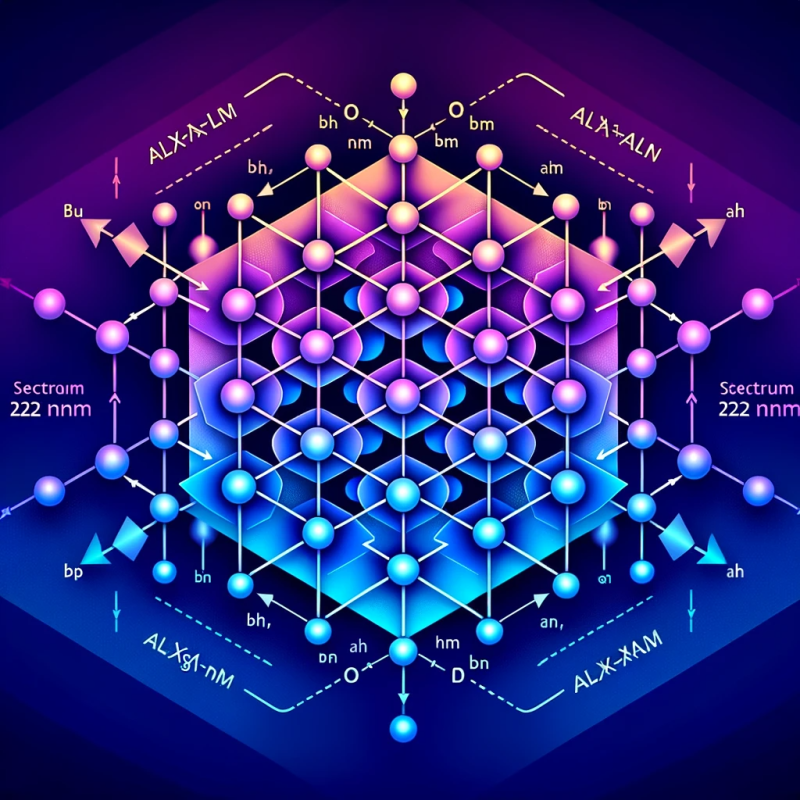QuantaDose Press Releases
The Potential of AlxGa1-xN/AlN Quantum Dots in Germicidal Ultraviolet Lamps for Disinfection
Introduction:
In recent times, the spotlight has been on germicidal ultraviolet (GUV) lamps, which have been touted for their disinfection capabilities. While GUV LEDs are promising, they haven’t yet matched the efficiency and cost per Watt of the traditional mercury lamps. One of the significant issues hindering their advancement is related to electrical injection. Additionally, there’s the looming health risk posed by the 254 nm radiation from these lamps, which has carcinogenic and cataractogenic properties. This has stimulated the search for safer alternatives.
Why the Shift to Shorter Wavelengths?
The potential harms posed by the 254 nm radiation has propelled research towards radiation that possesses a shorter penetration depth in the range of 200-230 nm. This wavelength range offers non-invasive disinfection, which means it can disinfect surfaces without penetrating and harming human tissues. As a consequence, such radiation can potentially be safer for use in populated environments.
The Promise of AlxGa1-xN/AlN Quantum Dots:
The study titled, “Study of AlxGa1-xN/AlN quantum dots in the whole compositional range as potential sources of far UVC for disinfection,” delves deep into this topic. The researchers are focusing on using quantum dots in the entire compositional range as a potential source for far UVC radiation, which falls in the desired safer wavelength range.
Their proposal is to utilize electron pumped UV lamps instead of LEDs. This proposed method aims to sidestep the electrical issues that have been a stumbling block for GUV LEDs. Moreover, these lamps have a spectral range of 230-330 nm. This covers the optimal range for disinfection, thereby potentially making it a more effective disinfectant solution.
One of the significant findings from this study is the Internal Quantum Efficiency (IQE) of these lamps, which ranges from 20% to 50%. IQE is a measure of how efficiently a system can convert the absorbed photons into emitted photons. A high IQE value means the lamp can potentially be more efficient and cost-effective in the long run.
Concluding Thoughts:
The quest for efficient and safe disinfection methods has never been more relevant, especially in a world recovering and adapting from a pandemic. The pioneering work by Riz Gamuz and the team sheds light on a potential breakthrough in this area. The use of AlxGa1-xN/AlN quantum dots in UV lamps could herald a new age of safer and more efficient disinfection methods. It combines the promise of non-invasive disinfection with the cost and energy efficiencies that our modern world demands.
As we move forward, it will be essential to monitor the real-world applications and results of this technology. If successful, this could be a significant leap in ensuring cleaner, safer environments without the associated health risks of traditional methods.
Note: This blog is based on the abstract provided and may not encompass the full depth and nuances of the original research. For a complete understanding, the original study should be referred to.
Source: Riz Gamuz et al., “Study of AlxGa1-xN/AlN quantum dots in the whole compositional range as potential sources of far UVC for disinfection”, Proc. SPIE PC12001, 2022.

